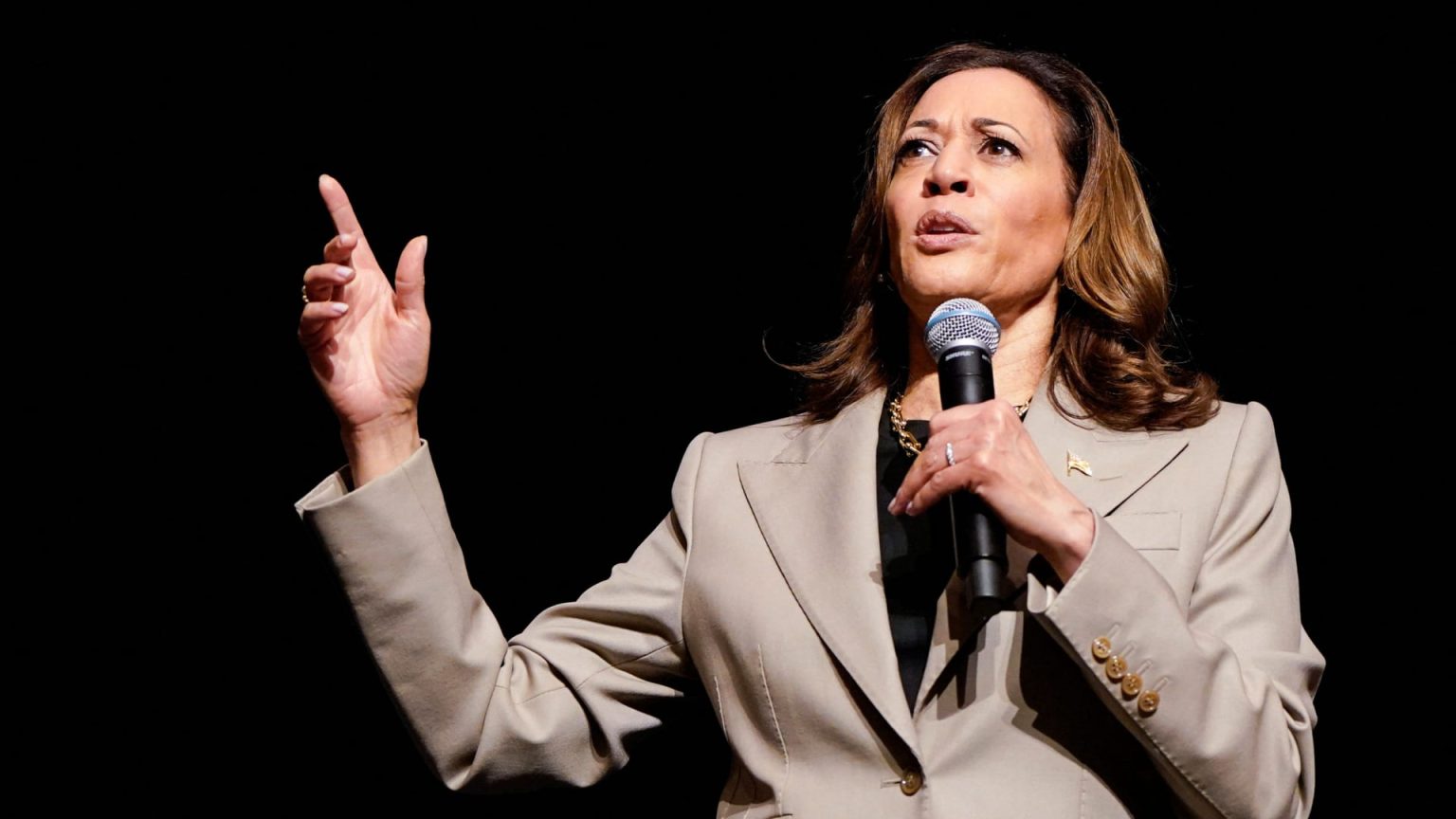Vice President Kamala Harris on Friday unveiled an economic plan, including an expanded child tax credit worth up to $6,000 in total tax relief for families with newborn children.
The Democratic presidential nominee’s plan aims to restore the higher child tax credit enacted via the American Rescue Plan in 2021, which provided a maximum credit of up to $3,600 per child, according to a fact sheet from the campaign.
The 2021 credit was up to $3,000 or $3,600, depending on the child’s age and family’s income. Harris’ proposed tax break would increase for middle- to lower-income families for one year after a child is born.
“We will provide $6,000 in tax relief to families during the first year of a child’s life,” said Harris during a policy speech in Raleigh, North Carolina.
More from Personal Finance:
Vance wants to raise the child tax credit to $5,000. Here’s why that could be difficult
The expanded child tax credit failed in the Senate. Here’s what it means for families
Trump and Harris both want no taxes on tips. Why policy experts don’t like the idea
The plan comes less than one week after Sen. JD Vance of Ohio, former President Donald Trump’s GOP running mate, floated a $5,000 child tax credit.
A Trump campaign official told CNBC: “Trump will consider a significant expansion of the child tax credit that applies to American families.”
While Harris has followed President Joe Biden’s footsteps with her proposed child tax credit expansion, the $2,400 bonus for newborns is “different and somewhat surprising,” said Kyle Pomerleau, senior fellow and federal tax expert with the American Enterprise Institute. “That, to me, sounds very much like a response to JD Vance.”
The Harris campaign did not immediately respond to CNBC’s request for comment.
‘Bipartisan momentum’ for the child tax credit
Senate Republicans earlier in August blocked an expanded child tax credit that passed in the House with broad support. However, Republican lawmakers are expected to revisit the measure after the election.
“There is bipartisan momentum behind expanding the [child tax credit],” said Andrew Lautz, associate director for the Bipartisan Policy Center’s economic policy program.
There is bipartisan momentum behind expanding the [child tax credit].
Andrew Lautz
Associate director for the Bipartisan Policy Center’s economic policy program
The size of the expansion and future credit design will hinge on which party controls the White House and Congress. But the House-passed bill and Senate negotiations could be a starting point, Lautz said.
Future child tax credit expiration
Without action from Congress, the maximum child tax credit will drop from $2,000 to $1,000 once Trump’s 2017 tax cuts expire after 2025.
The American Rescue Plan temporarily increased the maximum child tax credit from $2,000 to either $3,000 or $3,600, depending on the child’s age. Families received up to half via monthly payments for 2021.
The child poverty rate fell to a historic low of 5.2% in 2021, largely due to the credit’s expansion, according to a Columbia University analysis.
If there’s a future child tax credit expansion, Pomerleau doesn’t expect it to be as large as the tax break that Harris or Vance have proposed.
Amid the federal budget deficit, lawmakers are already wrestling with trillions in expiring tax cuts that are “prohibitively expensive,” he said.
Expanding the child tax credit to $3,000 or $3,600 could cost an estimated $1.1 trillion over a decade, according to the Committee for a Responsible Federal Budget. Meanwhile, the expansion to $6,000 for newborns could cost $100 billion.
The Harris campaign’s economic plan fact sheet said she would fulfill her “commitment to fiscal responsibility,” including calls for higher taxes on wealthy Americans and large corporations.
Read the full article here














